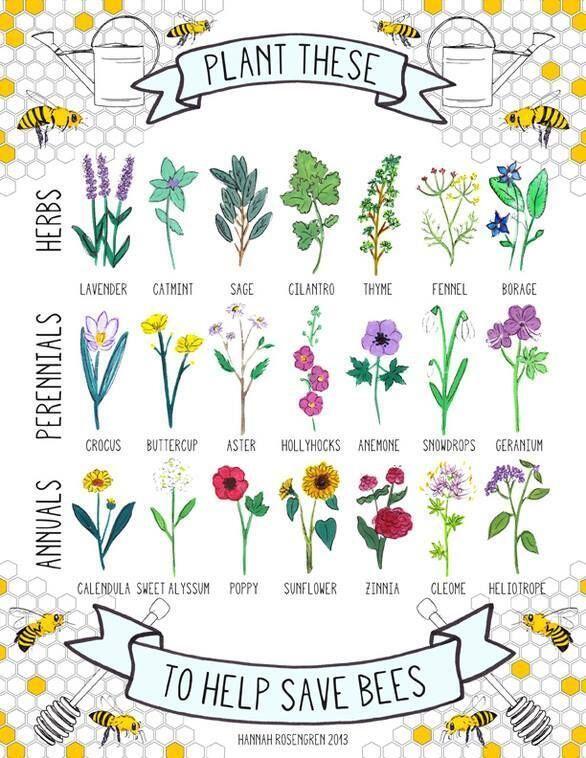What Important Role do Bees Play?
Many of the crops we enjoy and use daily like fruits, vegetables, grains, and even cotton rely greatly on insect pollination in order to reproduce. Bee pollination plays a critical role in maintaining plant communities and ensuring the production of seeds.
How Does Pollination Work?
The transfer of pollen from the male parts of the flower to the female parts of a flower of the same species results in fertilization. Pollination ensures that a plant will produce full-bodied fruit and a full set of viable seeds.
More on Pollination
Bees depend on pollen to live. Pollen is a source of protein used to feed their offspring. Pollen sticks to tiny hairs all over the bee's body as the bee carries pollen back to its nest. Not all of the pollen brushes off the bees body though. When a bee moves from flower to flower, pollen on the bee's hair gets brushed off onto different flowers. This is called cross pollination.
Are Bees in Trouble?
In recent years, bee populations have been drastically declining. This is thought to be a result of pesticide use and urban population increase. With more urban development , finding a reliable food source and nesting area is becoming harder for bees. Scientists are hard at work to help save these tiny pollinators. In 2014, the Pollinator Health Task Force was implemented which is used to protect bees.
To get a glimpse of what your grocery store would look like without bees click this link:
http://www.huffingtonpost.com/2014/06/17/store-without-bees_n_5500380.html
Just like the scientists you can help out the bee population too!
To get a glimpse of what your grocery store would look like without bees click this link:
http://www.huffingtonpost.com/2014/06/17/store-without-bees_n_5500380.html
Just like the scientists you can help out the bee population too!
Location |
|
